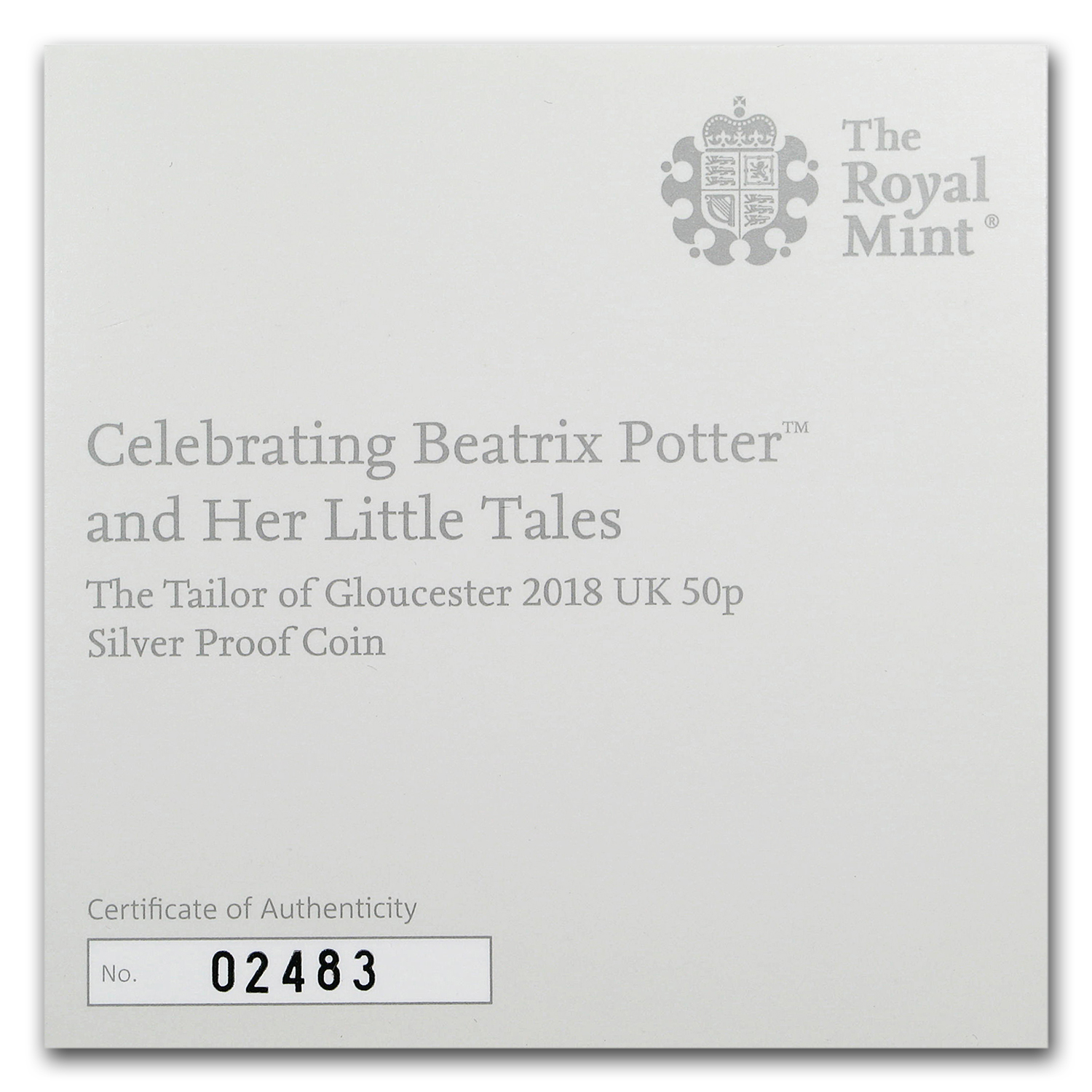

While Simpkin is off doing the shopping, the tailor hears some little knocking noises.


except the tailor needs one more skein of cherry-coloured twisted silk.īut it's late, so the tailor goes home and asks his cat Simpkin to use his last fourpence to buy food and the twist, because cats run errands in these kinds of books. I think this is my favorite of all of Beatrix Potter's lovely illustrated tales - and it was the author's favorite too! It has a Christmastime setting and a nice message about the spirit of the season, so it was great to revisit it.Ī poor, aged tailor in England in olden times, "when gentlemen wore ruffles, and gold-laced waistcoats of paduasoy and taffeta," has a major sewing project that could make him or break him: the mayor of Gloucester is getting married in four days, on Christmas, and the tailor has accepted the task of sewing "a coat of cherry-coloured corded silk embroidered with pansies and roses, and a cream coloured satin waistcoat-trimmed with gauze and green worsted chenille." (I love the clothing descriptions.) All the pieces of cloth have been cut out, and all the trimming. Her stories have been retold in various formats, including a ballet, films, and in animation. Potter's books continue to sell well throughout the world, in multiple languages. Potter died in 1943 and left almost all of her property to The National Trust in order to preserve the beauty of the Lake District as she had known it, protecting it from developers. She became a sheep breeder and farmer while continuing to write and illustrate children's books. In her forties, she married a local solicitor, William Heelis. Potter eventually published 24 children's books, the most recent being The Tale of Kitty-in-Boots (2016), and having become financially independent of her parents, was able to buy a farm in the Lake District, which she extended with other purchases over time. In her thirties, Potter published the highly successful children's book The Tale of Peter Rabbit and became secretly engaged to her publisher, Norman Warne, causing a breach with her parents, who disapproved of his social status. Because she was a woman, her parents discouraged intellectual development, but her study and paintings of fungi led her to be widely respected in the field of mycology. She had numerous pets, and through holidays in Scotland and the Lake District, developed a love of landscape, flora, and fauna, all of which she closely observed and painted. Helen Beatrix Potter was an English author, illustrator, mycologist, and conservationist who is best known for her children's books, which featured animal characters such as Peter Rabbit.īorn into a wealthy household, Potter was educated by governesses and grew up isolated from other children.


 0 kommentar(er)
0 kommentar(er)
